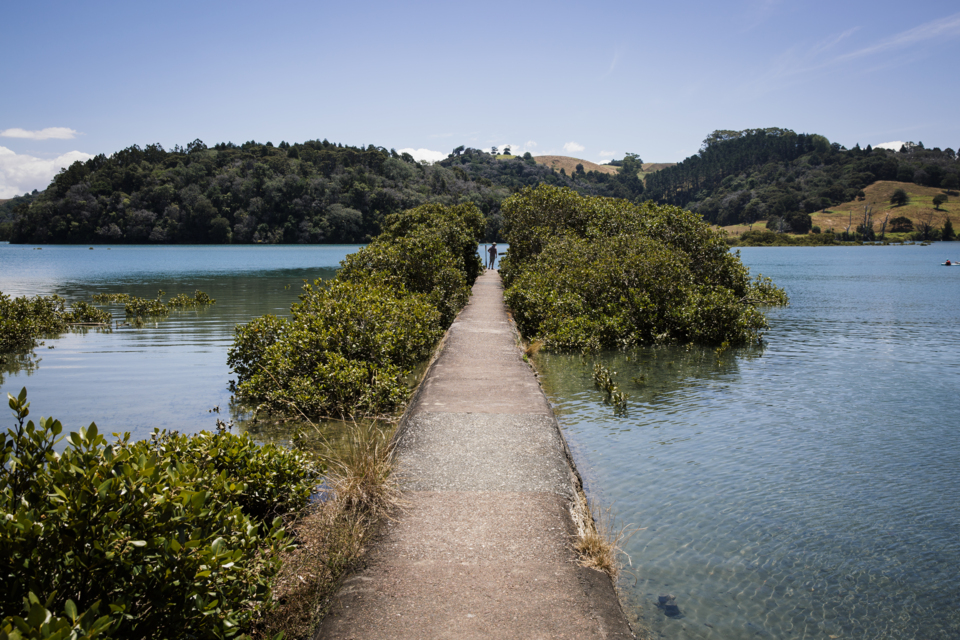Demonstrating a significant commitment to the region’s future, Auckland Council’s 10-year Budget includes investment of $152 million into tackling climate change on top of the work that’s already underway.
“A full package of environmental management initiatives is planned,” says Richard Hills, Chair of the Environment and Climate Change Committee and councillor for North Shore.
“The headliner projects are bringing forward the electrification of our bus fleet, planting 200 hectares of native forest in our regional parks and 11,000 more street trees, and expanding our zero-waste resource recovery network.”
Work is ongoing towards electric and hydrogen powered buses while the purchase of new diesel buses has been stopped.
“Decarbonising our transport system will have the biggest effect on reducing our region’s emissions and, although we’re well ahead of where we were five years ago, especially in public transport, we’ve still got a long way to go to give people the options they need to move around our communities without the need for diesel and petrol vehicles,” says Cr Hills.
“The Growing our Ngahere programme will focus on parts of Tāmaki Makaurau that currently have the least urban tree canopy, such as South Auckland. The new trees will increase food and habitat for our native birds, restoring biodiversity to our urban areas.”
A green canopy will also cool and shade the city and help reduce stormwater runoff into our rivers and harbours.
Auckland Council will develop management plans for the whole coast of Tāmaki Makaurau to prepare for the effects of climate change. It will also fund work with mana whenua in local marae to enable Māori-led climate initiatives and community collaborations such as increasing nursery capacity by 200,000 seedlings a year, so that planting work can continue for years to come.
“On top of this we have the 200 hectares of new native forest to be planted in our regional parks, with budgets to enhance the planting and weed management of those areas,” says Hills.
“I would also add we have already carried out significant track upgrades and installed 85 cleaning stations, with a few hundred more to go, to stop the spread of kauri dieback so that our native taonga is protected for future generations.”

The extension and increase of the water quality targeted rate builds on progress the council is already making with significant investment for the Eastern Isthmus, the Western Isthmus, as well as improvements to the Manukau Harbour and other large catchments such as the Wairau Estuary.
And the extension of the natural environment targeted rate for another three years will see continued investment from 2028 into stopping the spread of kauri dieback disease and tackling pests that are killing our native birds and trees.
“We’re also doing a lot of work to reduce emissions, such as investing in walking, cycling and public transport infrastructure, planting trees throughout the region and reducing waste to landfill,” says Hills.
Efforts to meet the council’s goal of Zero Waste by 2040 include expanding the zero-waste resource recovery network by almost doubling the number of community recycling facilities, including opening two large resource recovery parks in south and west Auckland. Construction is about to start on the new Waiōrea Community Recycling Centre for central Auckland and earthworks will begin soon at the Onehunga Centre.
“While we are investing strongly in our COVID-19 recovery, these plans show that we remain focused on tackling the long-term challenges of climate change.”


